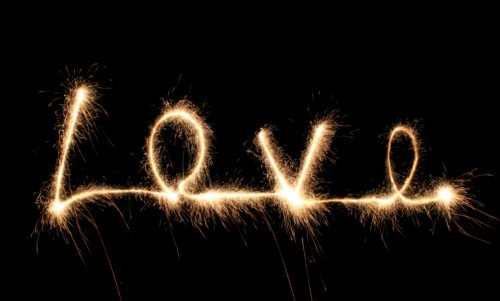9 Fireworks Facts to Blow Your Mind
1. The color of a firework is determined by the elements present. Iron creates golden hues, Lithium produces red, and copper is used to achieve the elusive blue. Chemical compounds are combined with fuels and oxidizers to give a breathtaking splash of color in the sky that is really just idiosyncratic air pollution.

2. Unsurprisingly, the first fireworks were ignited in China between 600 and 900 A.D. These early pyrotechnics were bamboo shoots stuffed with saltpeter, charcoal, and sulfur, and they were probably used to ward off evil spirits and bring good luck to the igniter. Although this ancient Chinese secret spread to the West in no time, China is still the world leader in production of fireworks.

3. 2015 saw the most American firework-related injuries that resulted in emergency room visits so far in the new millennium – about 11,900. Only about one percent of those injuries were sustained by people 65 years old and up.

4. Sparklers can burn at 2,000 degrees Fahrenheit. It is cute to use camera effects to spell a sentiment or draw a smiley with the things, but perhaps it would be wise to exercise discernment before handing a child what amounts to a blow torch.
5. Dogs and anxious people alike can take refuge in Delaware, Massachusetts, and New Jersey. These three states ban the sale of all consumer fireworks.
6. Fireworks are used to celebrate different holidays around the world. In the United Kingdom, Guy Fawkes Night is celebrated on November 5th with pyrotechnic shows. Bastille Day in France — July 14th — sees the Eiffel Tower illuminated with an explosive display as well.
7. The world’s largest fireworks display took place during a downpour. 810,904 fireworks were set off at New Year celebrations in Ciudad de Victoria Bocaue Bulacan, Philippines on January 1, 2016. This record is sure to change as soon as another location decides to take the title. Previous record-holders include Norway and Dubai.

8. Consumer fireworks have really taken off in the 21st Century. In weight, we’re blowing up more than double what we did in 2000: about 244 million pounds in 2016.
9. The first Independence Day in 1777 saw fireworks in Philadelphia and Boston. John Adams, in a letter to his wife in 1776, predicted that July 2nd would be a celebrated holiday, with “illuminations from one end of this continent to the other from this time forward forever more.” Although Adams was two days off, he was dead on in regards to nationwide “illuminations” that seem to grow brighter each year.